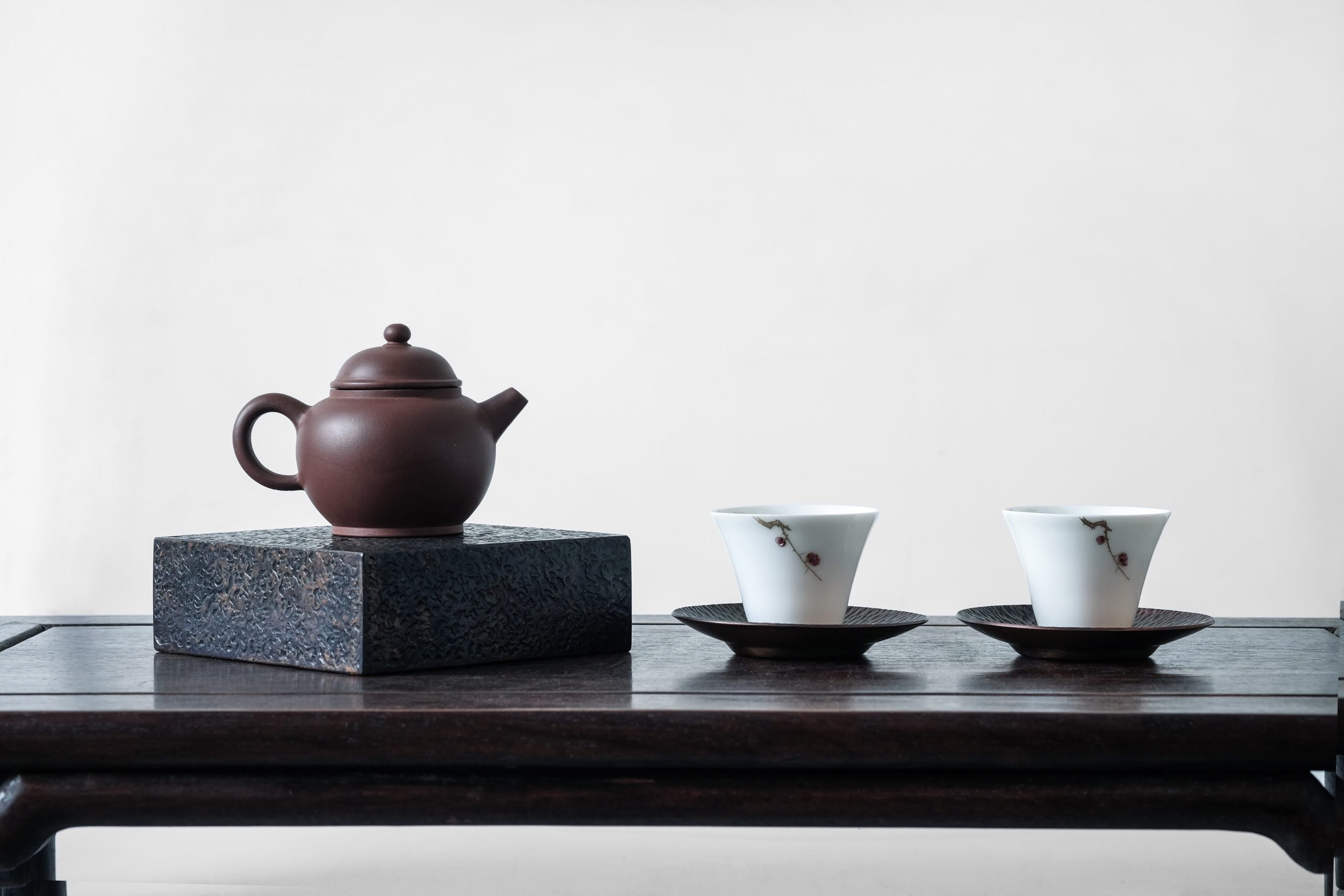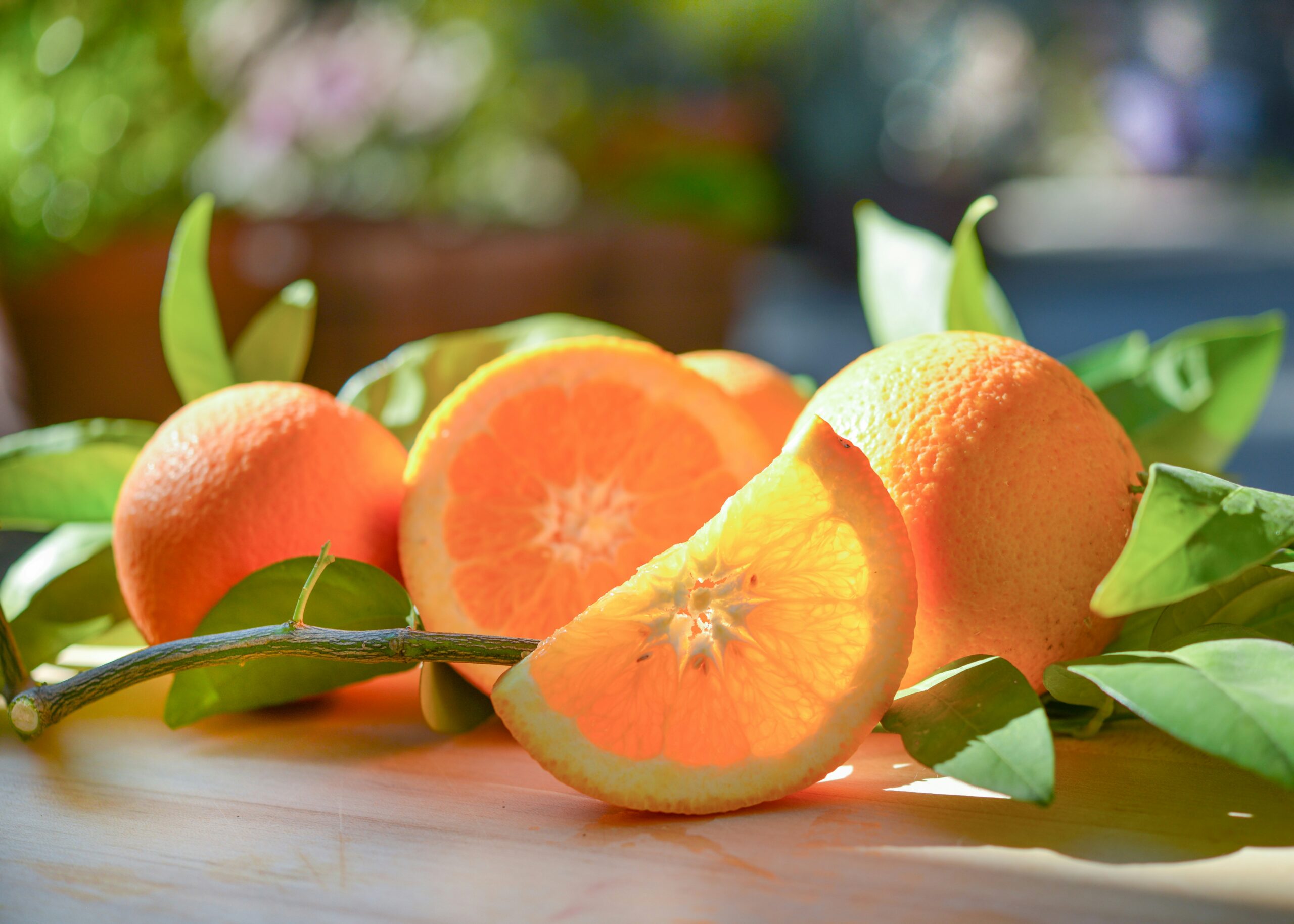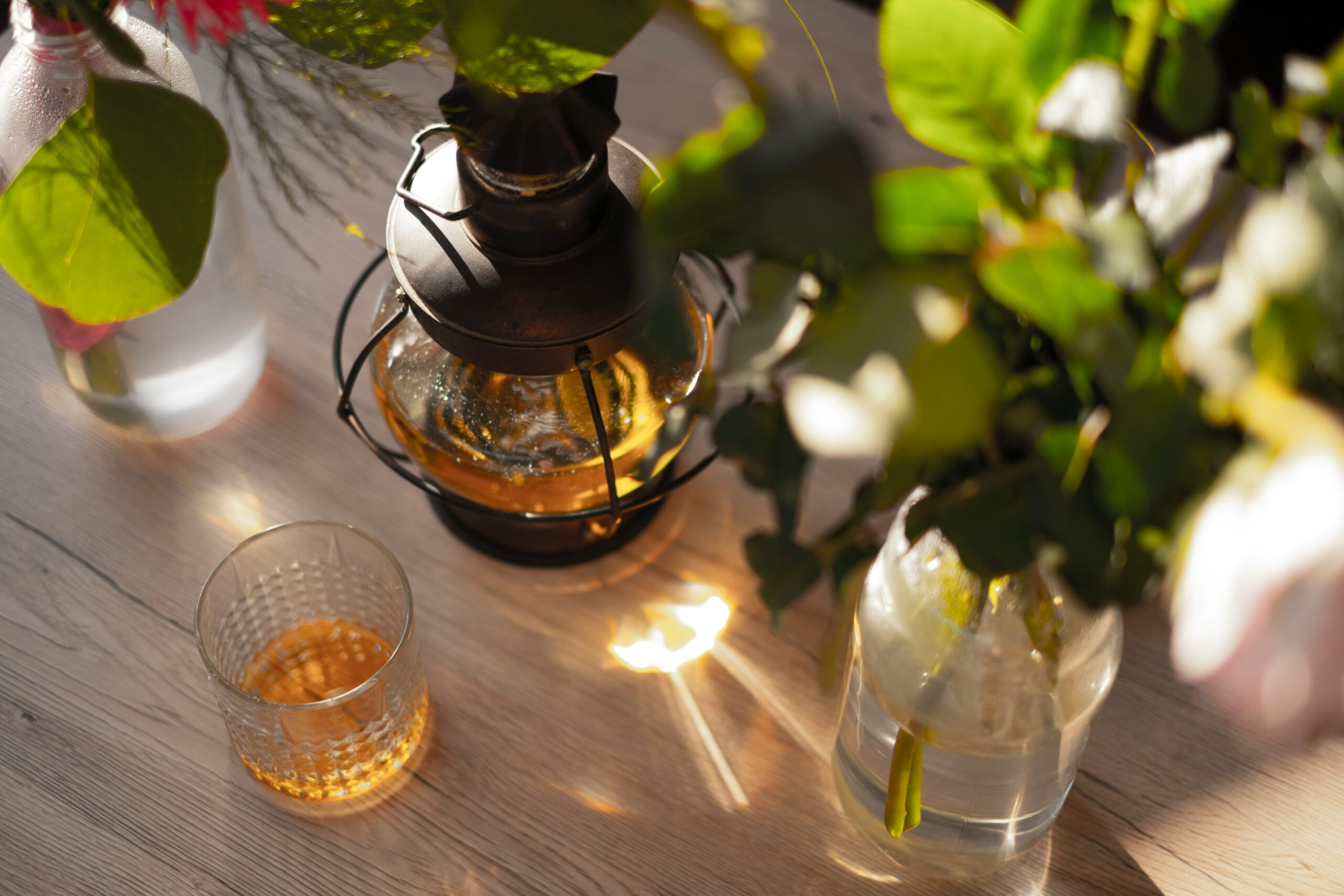Blogs » Μη κατηγοριοποιημένο » What is Sayama Hiire? Introducing its Aroma Characteristics and Foods that Pair Well
What is Sayama Hiire? Introducing its Aroma Characteristics and Foods that Pair Well
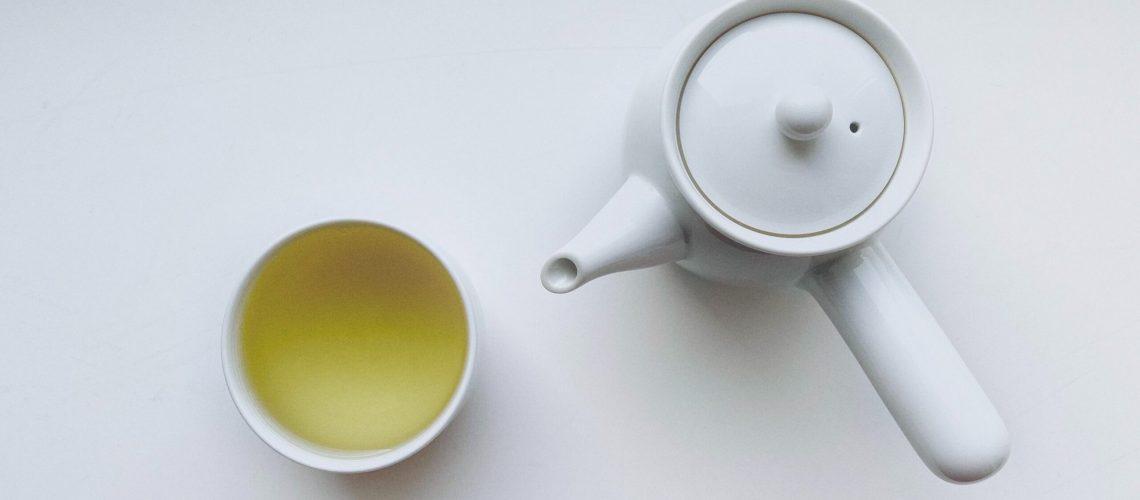
Sayama tea has distinctive flavors and aromas compared to teas from other regions. Among these, the most notable is an aroma known as “Sayama Hiire.”
In this article, we will explore the characteristics of Sayama Hiire and discuss pairings with dishes that enhance the unique features of Sayama tea.
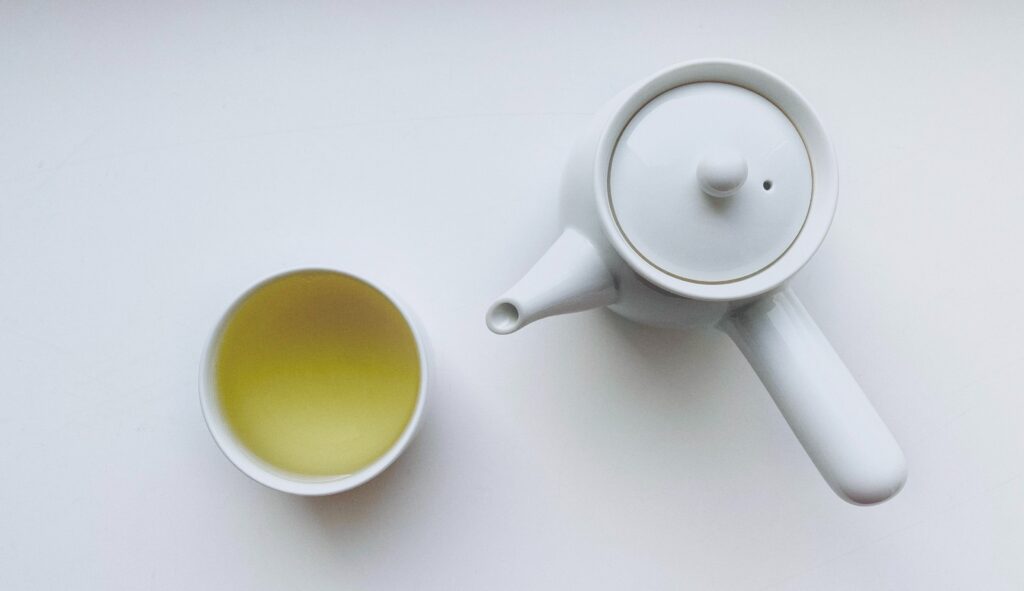
What is “Hiire” in the First Place?
The process of making green tea is broadly divided into two stages: primary and secondary processing.
In primary processing, freshly picked tea leaves undergo treatment to stop fermentation (oxidation) while preserving their vibrant green color. During this step, the leaves are kneaded and dried to adjust their temperature and moisture levels. The tea leaves produced at this stage are called “aracha” (raw tea).
The secondary processing stage is where the tea leaves are refined into the final product. This involves removing any stems or twigs from the aracha, shaping the leaves, and then reheating them to further dry the tea. This final heating and drying process is called “hiire.”
The tea we purchase is the result of secondary processing and is referred to as “finished tea” in the tea industry. Therefore, the hiire process is part of the secondary processing, which transforms aracha into finished tea.
Characteristics of Sayama Hiire
While primary processing is crucial for making tea, the secondary processing, especially the hiire step, plays a key role in defining the tea’s flavor and aroma. This is where the expertise of the tea maker truly shines.
While most teas are typically heated at around 80°C during the hiire process, Sayama tea is heated at about 100°C. This high-temperature hiire creates the distinctive aroma known as “Sayama Hiire.”
What is the Aroma of Sayama Hiire?
How does the aroma change when tea is heated at a higher temperature?
According to research, high-temperature hiire increases sweet aromas (such as maltol, cyclotene, and 4-hydroxy-2,5-dimethyl-3(2H)-furanone) and roasted aromas (such as pyrazines like 2-ethyl-3,5-dimethylpyrazine). On the other hand, low-temperature hiire emphasizes green aromas (like 4-mercapto-4-methyl-2-pentanone).
Thus, Sayama tea, which undergoes high-temperature Sayama Hiire, is characterized by its sweet and roasted aromas.
Pairing Sayama Tea with Food
The sweet aroma compound maltol mentioned above resembles the caramel-like sweetness, while the pyrazine compounds are similar to the toasted aroma found in fried foods.
By taking advantage of these aroma characteristics, you can enjoy Sayama tea paired with sweet treats or fried foods, which harmonizes the aromas in what’s called a “concordant” tea pairing.
For more on tea pairings, check out this article. Pairing Sayama tea with unexpected items like fried chicken or foods that benefit from a bit of charring, such as cheese, can create a complementary balance of flavors and aromas, enhancing the experience.
Recommended Sayama Tea
If you’re interested in trying Sayama tea, here are some recommendations for you.

This product contains an affordable, easy-to-drink tea bag type of tea in small quantities. It’s perfect for those who want to try Sayama tea for the first time. One unique feature of this product is the “tea postcard,” where the back of the tea package doubles as a postcard. If you enjoy Sayama tea, you can write your address on the tea postcard and send it to someone special!
In this article, we’ve explained the distinctive features of Sayama Hiire, focusing on tea processing, aroma compounds, and food pairings. Stay tuned as we continue to explore Sayama tea from various perspectives!
Reference: Takahashi Jun, “The Aroma of Sayama Tea, Inherited from the Northernmost Tea Tradition,” J. Japan Association on Odor Environment Vol. 46 No. 2 2015
teploのメールマガジンに登録
お茶に関する旬な情報や豆知識を漏れなく受け取りたい!そんな方は以下の登録フォームでメールアドレスをご登録ください。
teploから最新の情報をメールマガジンでお送りいたします。
(※1) プライバシーポリシーを必ずお読みいただき、ご同意の上、登録してください。
(※2) info@load-road.comおよびhello.japan@load-road.comからのメールが受信できるようにご設定ください。
